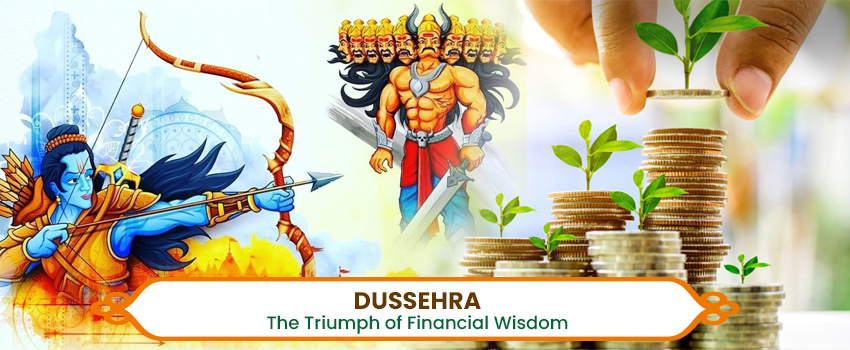The term Business cycle refers to the change in economic conditions of the economy between periods of expansion (growth) and contraction (recession). Factors such as gross domestic product (GDP), interest rates, total employment, and consumer spending can help to determine the current stage of the economic cycle.
Business cycles have no defined time frame, they can go from some months to many years. Most recently, the US economy hit a peak in February 2020 before which it was in an economic as well as market bull period that had lasted roughly 10 years, making it the longest in recorded history. This was led by the FED keeping interest rates low for prolonged periods which left the door wide open for enterprises to borrow at attractive rates which led to plenty of investments, hiring, and innovation at the corporate level.
Understanding the economic cycle can help investors and businesses decide when to make investments and when to pull their money out, as it has a direct impact on profits and corporate earnings which in turn affects stocks as well as bonds.
Being practical, we analyze these cycles so that we invest in businesses that are on the cusp of favorable business cycles and avoid businesses that are going to or already are in a business down-cycle. The factors that impact any industry keep changing from time to time and vary from sector to sector.
Businesses around the world operate around various moving parts, there is Global Economics playing out in the background, then the country-specific macros which affect businesses significantly, then specific sectoral cycles, and lastly businesses that operate on their own life cycles. Thus our investment analysis should be a crux of how all these factors are expected to play out in the foreseeable future.
To better understand through an example, Global Pharma Industry was seeing an upcycle which peaked in 2015 after which there was a contraction across volumes and prices. In the 4-year period, revenues of Sun Pharma went up almost 5 times, Operating margins went up to 44% against 26% as of now. Dilip Sanghvi (Founder of Sun Pharma) went on to become the richest Individual in India in 2015 on the back of the Valuation Sun Pharma used to get. But once the pharma sector peaked out, Pharma companies are yet to reach the valuation they got 7 years ago. Failing to understand these trends can keep one invested without any returns for prolonged periods.
 The typical characteristic that are seen in each business phase are as follows-
The typical characteristic that are seen in each business phase are as follows-
Peak:
- Maximum possible volume growth is attained.
- Pricing powers with the seller are strong and thus, prices of products and services reach their peak.
- Promoter/Business sentiments are extremely positive.
Expansion/Growth:
- Increase in Demand and thus output.
- The production level is 100% and a new Capex needs to be done.
- Increasing pricing power.
Recession:
- Stagnant Demand is visible.
- A mismatch between demand and supply.
- Price levels fall.
Bottom/Trough:
- Negative growth visible.
- Weaker players will become bankrupt.
- Companies would not be able to clear their inventories.
If we fail to understand the reasons for growth then we won’t be able to predict when the growth peaks. Be it bottom-up or Top Down, this analysis helps us to gauge how companies are going through their own business cycle and how much the macros are playing out. Thus, it helps us to be ahead of the market.
Right now the biggest talk of the town has been that there is an ongoing global deceleration after FED pulled out liquidity from the markets. As far as we are concerned, India looks like the only bright spot among major economies and thus will attract decent interest from the globe, as is clearly seen in the valuation premium Indian Equities are receiving.
Best Stocks From:
Nifty 50 Nifty Next 50 Nifty 100 Nifty 200 Nifty 500 Nifty Financial Services SmallCap 250 MidCap 100
Need help on Investing? And more….Puchho Befikar
Why MoneyWorks4me | Call: 020 6725 8333 | Ebook | WhatsApp: 9860359463










